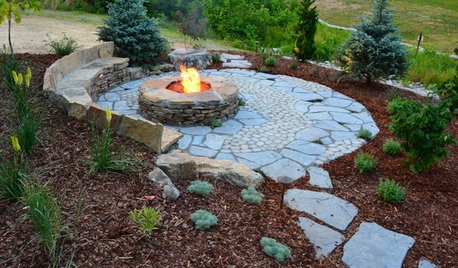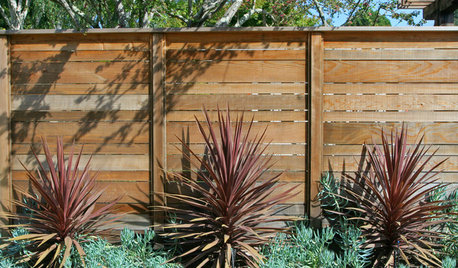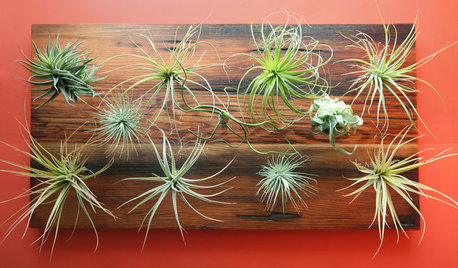proper way of planting tree
v1rt
17 years ago
Related Stories

GARDENING GUIDESWhen and How to Plant a Tree, and Why You Should
Trees add beauty while benefiting the environment. Learn the right way to plant one
Full Story
GARDENING GUIDESHow to Keep Your Trees Healthy
Ensure your trees’ vigor for years to come with these tips for protecting roots, watering effectively and more
Full Story
GARDENING GUIDES10 Top California Native Plants, Trees and Grasses
Enjoy a fuss-free, water-wise garden in the Golden State by growing plants naturally in tune with the climate and wildlife
Full Story
HOLIDAYS10 Ways Your Christmas Tree Can Live On After the Holidays
Learn how to recycle your Christmas tree and reap benefits for the environment
Full Story
GARDENING FOR BUTTERFLIES3 Ways Native Plants Make Gardening So Much Better
You probably know about the lower maintenance. But native plants' other benefits go far beyond a little less watering and weeding
Full Story
ARBOR DAY8 Reasons to Plant a Great Tree
Beauty is its own reward, but the benefits of planting the right tree in the right place go way beyond looks
Full Story
GARDENING GUIDESPrunus Virginiana Thrives Under Deciduous Trees
Plant chokecherry for showy white flowers favored by native bees in spring, and to provide nesting habitat and food for birds
Full Story
GARDENING GUIDESPlant Black Cherry Trees for the Birds and Bees
Plant Prunus serotina in the Central and Eastern U.S. for spring flowers, interesting bark and beautiful fall color
Full Story
GARDENING GUIDESGreat Design Plant: Cabbage Tree
Happiest in plentiful sun, this tropical-looking tree gives a pool area or backyard landscape an exotic view all summer long
Full Story
URBAN GARDENSDirt Optional: Amazing Air Plants for Wall or Tree
Succulents and air plants are stunning on winter walls — and the Christmas tree
Full StoryMore Discussions









Embothrium
treeguy123
Related Professionals
Matthews Landscape Contractors · Florham Park Landscape Contractors · Harrisburg Landscape Contractors · Huntley Landscape Contractors · Kaneohe Landscape Contractors · Lynchburg Landscape Contractors · Midland Landscape Contractors · Rancho Santa Margarita Landscape Contractors · Saint John Landscape Contractors · Thornton Siding & Exteriors · Asheville Decks, Patios & Outdoor Enclosures · Huntington Decks, Patios & Outdoor Enclosures · Shirley Decks, Patios & Outdoor Enclosures · St. Louis Decks, Patios & Outdoor Enclosures · Highland Decks, Patios & Outdoor Enclosuresv1rtOriginal Author
v1rtOriginal Author
treeguy123
Embothrium
treeguy123
v1rtOriginal Author
gauras
treeguy123
treeguy123
Dibbit
Olivier_NorthFrance
Embothrium
v1rtOriginal Author
v1rtOriginal Author
treeguy123
v1rtOriginal Author
v1rtOriginal Author
treeguy123
Embothrium
sam_md
entling
Embothrium
sam_md
sylvielou
Embothrium
v1rtOriginal Author
gardenlady48
treeguy123